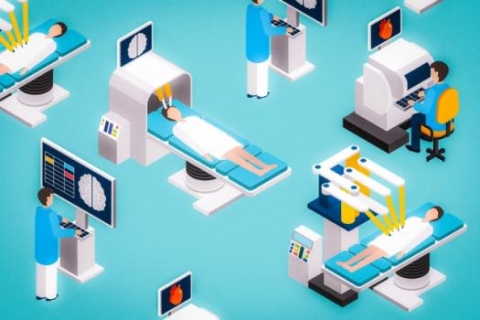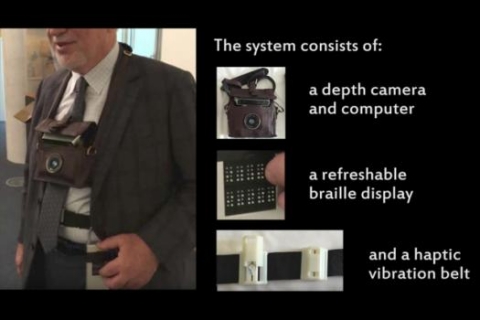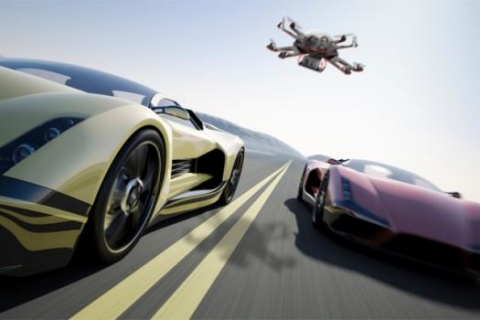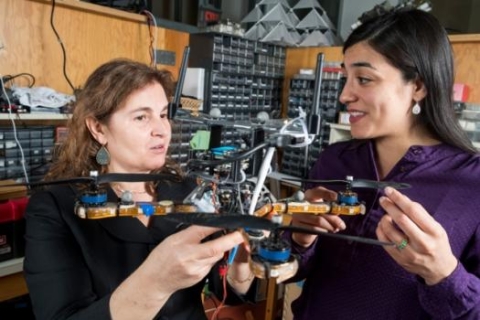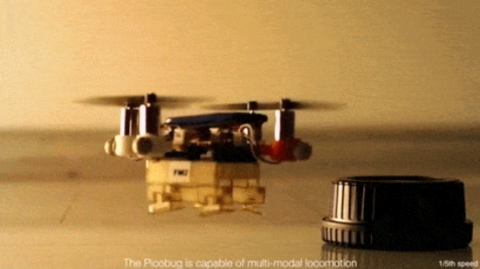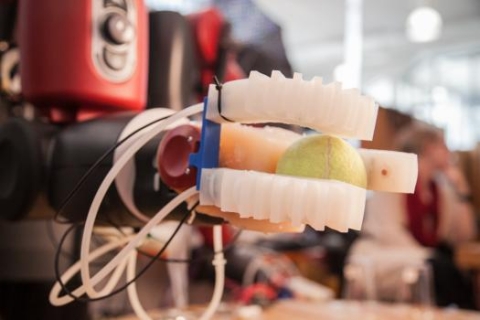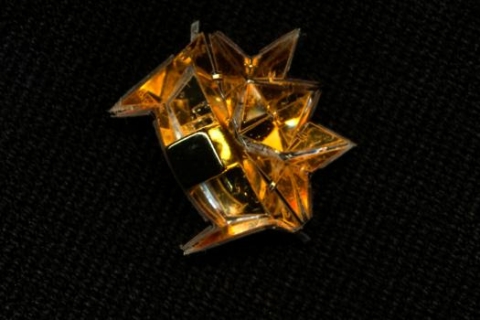
PI
Core/Dual
Daniela Rus
Director
Daniela Rus is the Andrew (1956) and Erna Viterbi Professor of Electrical Engineering and Computer Science and Director of the Computer Science and Artificial Intelligence Laboratory (CSAIL) at MIT. Rus’s research interests are in robotics, mobile computing, and data science. Rus is a Class of 2002 MacArthur Fellow, a fellow of ACM, AAAI and IEEE, and a member of the National Academy of Engineering, and the American Academy for Arts and Science. She earned her PhD in Computer Science from Cornell University.
Related Links
Last updated Mar 19 '25
Research Areas
Impact Areas
Related Links
Publications
Daniela Rus and Michael Tolley
"Design, Fabrication, and Control of Soft Robots"
Nature 521, pp 467-475, May 2015.
Javier Alonso-Mora, Samitha Samaranayake, Alexander Wallar, Emilio Frazzoli, Daniela Rus
"On-demand high-capacity ride-sharing via dynamic trip-vehicle assignment"
in Proceedings of the National Academy of Science, vol. 114, no. 3, pp 462—467, January 2017.
Dan Feldman, Chongyuan Xiang, and Daniela Rus
"Coresets for Differentially Private k-Means Clustering and Applications to Privacy in Mobile Sensor Networks"
2016 ACM Conference on Embedded Sensor Networks (Sensys), April 2017

















